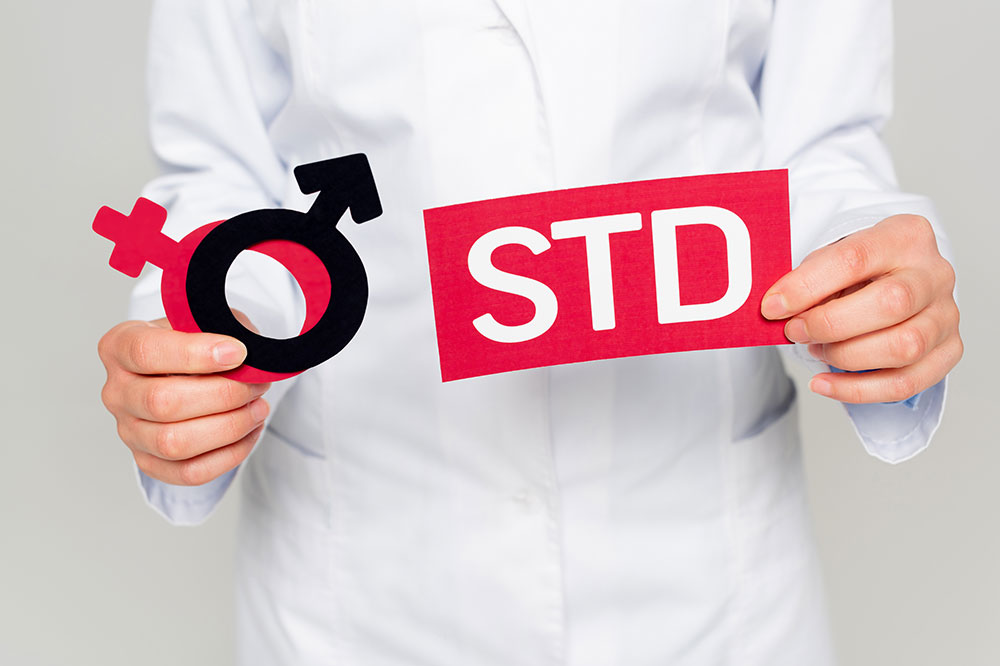A guide on STDs – Types, diagnosis, and prevention

Sexually transmitted diseases (STDs) are infections, which are capable of transmitting from one person to another, mostly due to sexual contact. These sexual conditions are actually more common than you may think. In fact, sometimes you may not be aware of having an STD, as it may not have any symptoms. The STDs come in many forms but most of them can be easily treated.
Types of STDs
There are multiple types of STDs. The most common forms are:
- Chlamydia
It is a very common form of bacterial infection, but it is easy to treat. - Genital warts
It is caused by the human papillomavirus and results in growths around the anus and in the genital region. - Gonorrhea
It is caused by a bacterial infection. It may not have any symptoms but can be treated easily. - Molluscum contagiosum
This is an infection, which results in tiny bumps on the skin. It generally goes away on its own. - Hepatitis B
It is a type of virus and can result in liver disease. - Herpes
It is a common form of STD, which causes sores on genitals or in the mouth. The symptoms can be treated but there is no cure for herpes. - HIV
It is one of the most serious forms of STD that attacks your immune system and can result in AIDS. You can remain healthy even with HIV if you follow the right treatment plan. - Syphilis
It is a bacterial infection. Even though it is easy to treat, untreated syphilis can become dangerous.
Diagnosis
The most effective way to avoid any sexual conditions is to get tested for STDs regularly. A few laboratory tests can easily detect STDs. The advanced stages of syphilis and HIV can be detected using blood tests while most other forms of STDs can be detected in urine samples. If you have certain STD-related infections, which cause sores on the genitals, the doctor can diagnose it by collecting fluid samples from the body.
Apart from the tests, it is also suggested that you opt for regular screenings, even if you do not have any symptoms of STD. This is the best way to safeguard yourself against suffering from untreated STDs. These screenings are especially performed on young people who are sexually active, people born between the years 1945 to 1965, people who have HIV, and pregnant women.
Prevention of STD
It is not too hard to prevent sexual conditions if you practice safe sex and be careful about the transmission. The latex condoms are the strongest shields against any form of STD and you must always use them during sex. Sharing underwear or even towels with a person, who has any form of STD, can also result in a sexual condition, hence it must be avoided. You should also wash your body thoroughly after sex every time. Some STDs like hepatitis B can be completely avoided with vaccination. You should ask your doctor about it. Also, if you are sexually active, you must get tested for HIV regularly.
If you are ever diagnosed with any form of sexual conditions, the right thing to do is to stop having sex until you are treated. This way you can prevent it from spreading and ensure that others are not infected because of you.






